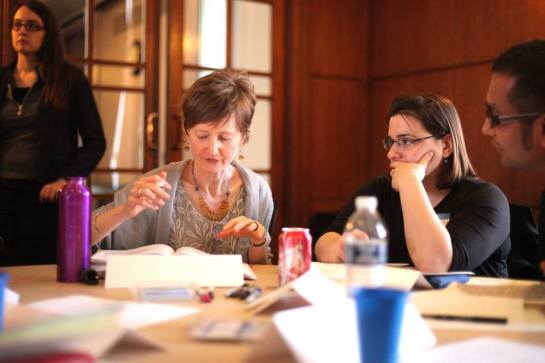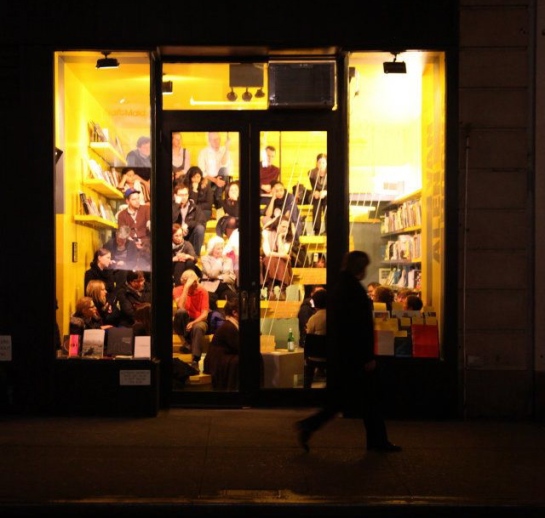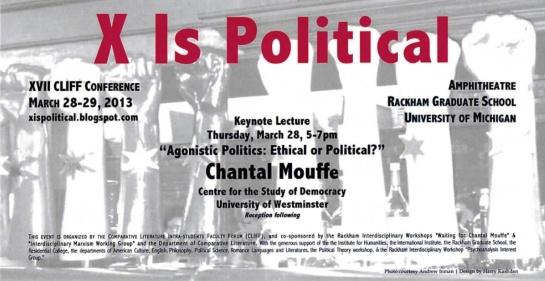
Image: The Engaged Pedagogy Syllabus Writing Workshop (April 10, 2014): In conversation with Dr. Megan Sweeney, Group Facilitator & Associate Professor in English, DAAS, and Women’s Studies at U-M (source: Arts of Citizenship photo stream)
The Engaged Pedagogy Syllabus Writing Workshop at the beginning of this month brought together doctoral students from across diverse disciplines to explore how engaged pedagogical experiments might expand our understanding and communication of concerns aimed at changing social structures, directly or indirectly. Engagement has long constituted interdisciplinary work, one attentive to multiple constituencies and overlapping realities. Against this backdrop and following Maria Cotera’s brilliant provocation “how might we situate our individual pursuits and develop course contents of reciprocal value to both the academy and the partnering community? How might we create a heterogeneous and complex understanding of contexts and community practices? How might we demystify knowledge production and prepare ourselves for vulnerabilities in online, classroom, and fieldwork learning?” The workshop, and our group discussion in particular, explored some of these issues. Together, they called into question our received methods of coursework design and teaching in academic fields, including those that have traditionally produced engaged work, such as art/design and architecture.
The workshop was organized by the Arts of Citizenship’s Student Leadership Committee led by Meagan Elliot (Sociology and Urban Planning) and Caitlin Townsend (History and Museum Studies), with support from Matthew Countryman (AoC Faculty Director) and Elizabeth Werbe (AoC Associate Director). Thank you all for a fantastic session! It was wonderful to rekindle connections from last summer’s Institute for Social Change and think about future directions. For more information about this event, see Joseph Ciladella’s helpful recap, Rackham Graduate School blog, April 22, 2014.

